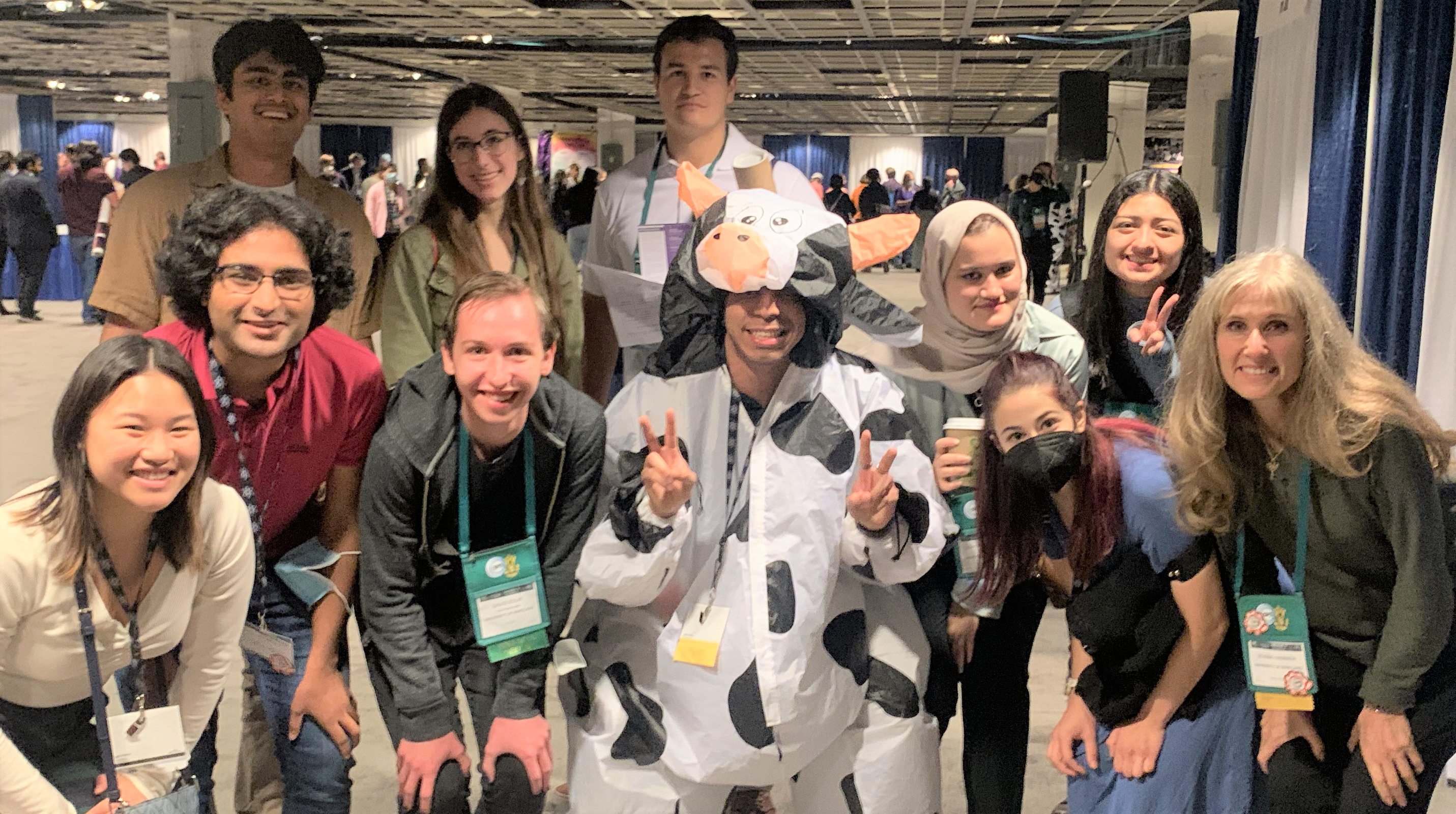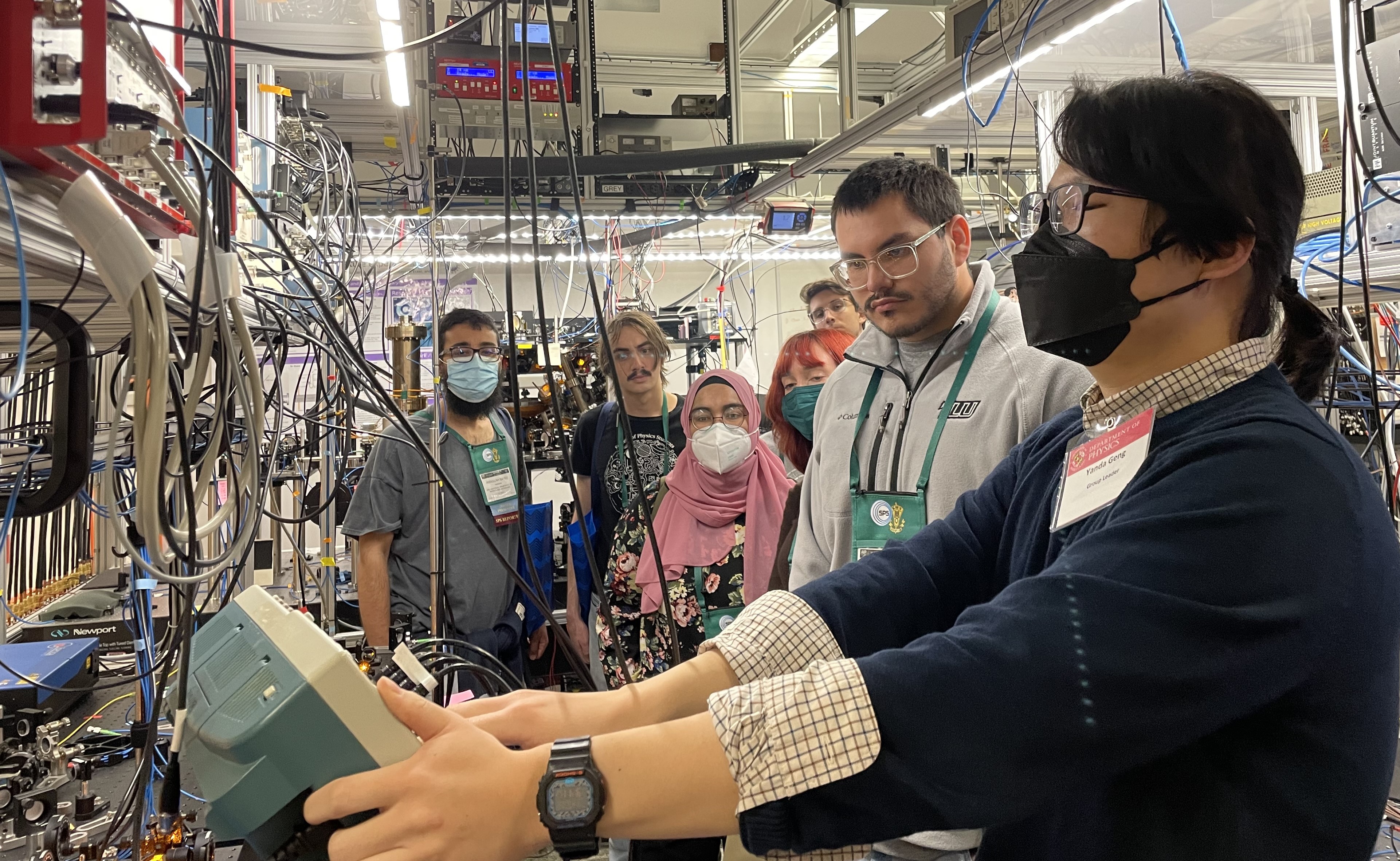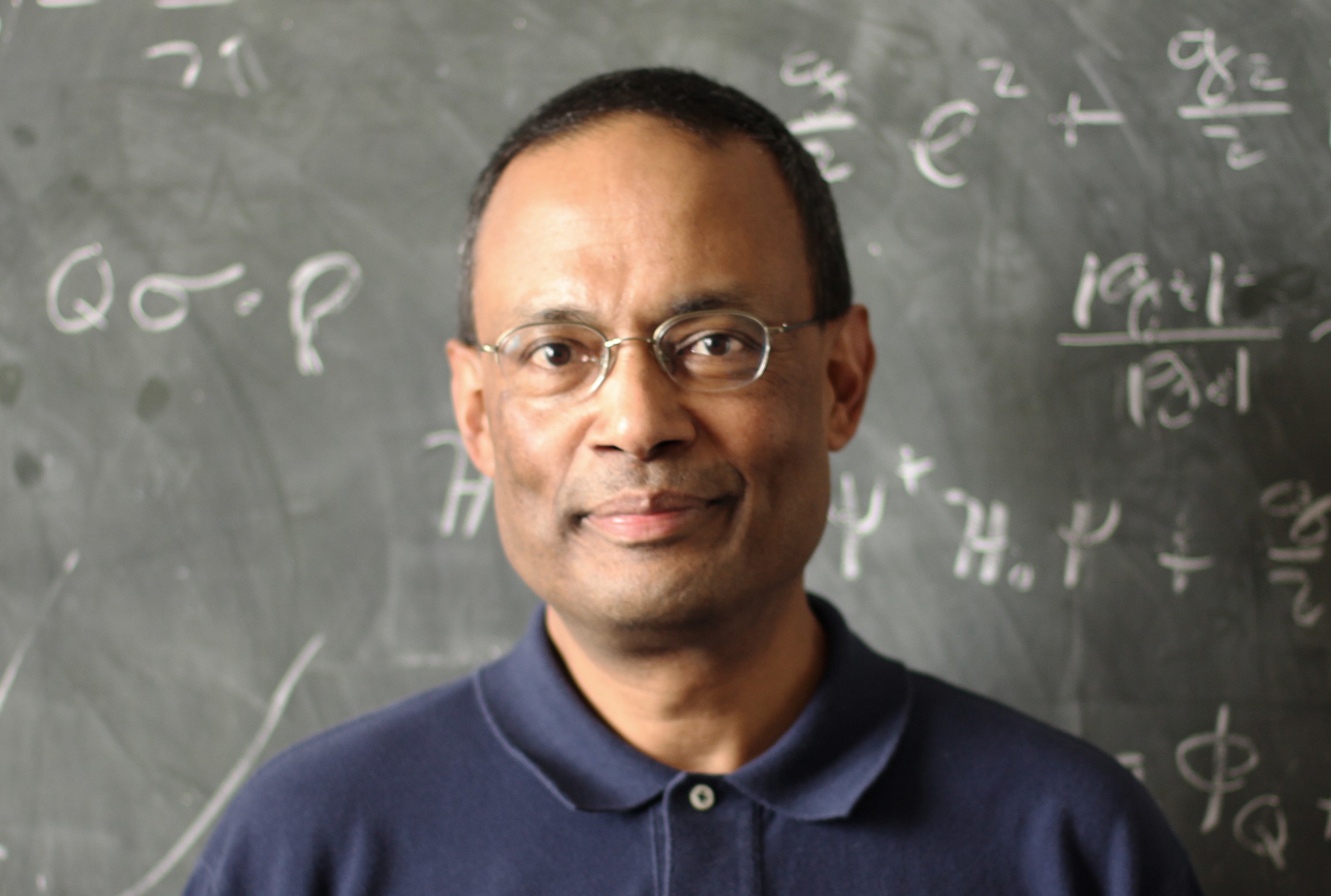UMD Establishes Endowed Professorship in Quantum Computing
- Details
- Category: Department News
- Published: Tuesday, December 20 2022 08:46
The University of Maryland’s College of Computer, Mathematical, and Natural Sciences (CMNS) will establish the IonQ Professorship with a $1 million gift from IonQ (NYSE: IONQ), an industry leader in quantum computing. IonQ’s gift is being matched by $1 million through the Maryland E-Nnovation Initiative (MEI), a state program created to spur basic and applied research in scientific and technical fields at the state’s colleges and universities.
The IonQ Professorship will be held by a faculty member in either the Department of Physics or the Department of Computer Science who conducts quantum computing research.
“IonQ is a revolutionary startup born out of physics research at the University of Maryland and the first publicly traded pure-play hardware and software company in the quantum computing space,” said UMD President Darryll J. Pines. “We are grateful to IonQ and the state of Maryland for their continued investment in research, programming and the overall quantum ecosystem at the University of Maryland. This is another step forward in building the Capital of Quantum.”
IonQ also supports UMD’s Quantum Startup Foundry, Quantum Technology Center, Corporate Partners in Computing, and Bitcamp and Technica student-run hackathons. In addition, UMD and IonQ established the National Quantum Lab at Maryland (Q-Lab) to accelerate practical quantum computing applications by providing privileged access to a commercial-grade quantum computer and IonQ experts to UMD-affiliated students, researchers and partners across the country.
“IonQ is delighted to continue their close ties with the University of Maryland and stimulate their already leading stature in quantum science and technology,” said Christopher Monroe, IonQ co-founder and chief scientist, and College Park Professor of Physics at UMD.
IonQ was founded in 2015 by Monroe and Duke University’s Jungsang Kim based on 25 years of pioneering research. The company, which is located in the UMD Discovery District with over 100 employees, received the 2021 Innovation Award from the Association of University Research Parks and was named to the TIME100 Most Influential Companies list in 2022.
“The new endowed IonQ Professorship will allow us to attract top talent from premier universities, government labs or companies who are doing the most interesting and translational work in quantum science, computing and information,” said CMNS Dean Amitabh Varshney.
UMD is already an established powerhouse of quantum discovery and innovation, with over 200 researchers on campus, partnerships with government laboratories, strong connections with industry and an international research network. These UMD scientists and engineers are working to develop quantum computers capable of currently impossible calculations, ultra-secure quantum networking and exotic new quantum materials.
Today, UMD boasts 12 quantum research centers:
- Condensed Matter Theory Center
- Institute for Physical Science and Technology
- Institute for Research in Electronics and Applied Physics
- Joint Center for Quantum Information and Computer Science
- Joint Quantum Institute
- LPS Qubit Collaboratory
- Maryland Quantum-Thermodynamics Hub
- National Quantum Laboratory (Q-Lab)
- Quantum Leap Challenge Institute for Robust Quantum Simulation
- Quantum Materials Center
- Quantum Startup Foundry
- Quantum Technology Center
UMD also organizes and facilitates the Mid-Atlantic Quantum Alliance (MQA), a rapidly growing hub of quantum technology research, development, innovation and education with 32 university, government, industry and nonprofit partners. Together, MQA members are building a vibrant and diverse ecosystem designed to foster U.S. and regional leadership in the coming quantum technology revolution.
“Maryland is consistently one of the top-ranked states for innovation, and our colleges and universities are critical drivers of cutting-edge research and bold new ideas,” said Maryland Commerce Secretary Mike Gill. “We’re thrilled to support the groundbreaking and forward-thinking work being led by our higher education institutions.”




